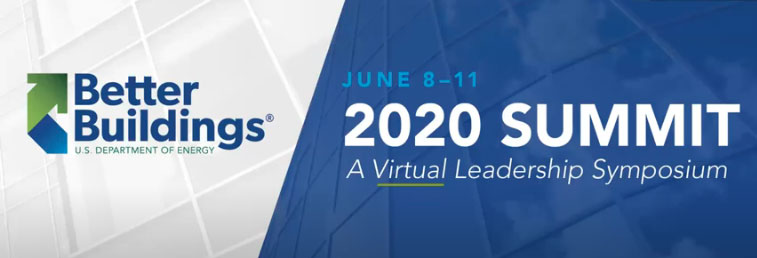
by Shawn | Jan 28, 2015 | FAQ's
This video provides a deep dive into the state of the energy financing market. Better Buildings Financial Allies share insights on emerging financing solutions such as commercial PACE, efficiency-as-a-service, and green bonds to help building owners demystify and access financing. Click this link to watch the Department of Energy Better Buildings’ video. Dept. of Energy Better Buildings. Speakers: Joe Indvik, RE Tech Advisors; Rachel Davis, Petros PACE Finance; Edwin Luevanos, Citizens Energy; Greg Montgomery, Abundant Power (2020, June 15). What’s New in Energy Efficiency Finance. Retrieved from...

by Shawn | Nov 25, 2013 | FAQ's
At Hot Watt Energy, we refer to Engineered Savings as a Measurable & Verifiable energy reduction solution. In simple terms: We collect current system specifications Specify energy saving post measures based upon experience Run energy savings analysis (engineering formulas) and cost out the project Work with your utility’s incentive program administrator’s engineers to verify predicted savings Perform data collection (Measurement & Verification) with data logging devices to document the existing system’s electrical consumption, run-times, and other useful information like humidity, temperatures, pressures, etc.; typically 1-2 weeks in duration After installation of energy reduction equipment, we perform another 1-2 weeks of data collection to calculate and verify that savings and payback are real, and match the predicted savings. These procedures remove the barriers of our customers and utilities who may not fully understand how savings are derived, or if the proposed energy reduction is...

by Shawn | Nov 21, 2013 | Blog, Slides
Compounded Savings In a refrigerated space, some evaporators run 95% of the time (that is 24/7 minus defrost cycles). Compressors and condensor fans turn on to supply refrigerant to those evaporators when the set points need to be met. This leaves evaporator motors consuming electricity and generating heat inside a cooled space 95% of the time, while the duty cycle of the compressors may be more like 40-50% of a day. The combination of solutions below not only reduce evaporator consumption, but also allow the compressor and condensor fans to run less (less heat to pull out of the space due to reduced evaporator motor heat). These compounded savings add up to be quite significant, but must be engineered and proved to both the utility’s engineering team to offer a custom rebate, and our customers for piece of mind to prove the calculated payback. We refer to this Efficiency from the motors and Conservation from the controls as compounded savings. Variable Air Volume Controls VAV controls are used to save energy used in industrial refrigerators and freezers. Tests in actual operating refrigerators show that it can save at least 30 percent, and as much as 70 percent of the operating cost of the evaporator fan motors in a typical industrial refrigerator. The control system functions by sensing the operational status of the cooling system, and controlling the speed of the evaporator fans. It has been determined that the evaporator fan motors contribute a significant amount of heat inside the refrigerated space. By operating the fans at a low speed when no cooling is called for, and at high...




Recent Comments